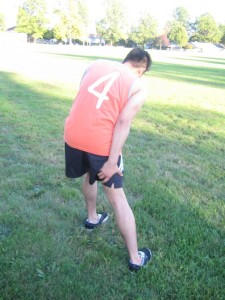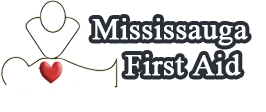A broken leg can affect any of the 4 bones in the leg. The bones might fracture into 2 or several pieces.
The injury typically requires a bit of force to damage the leg bones. Weakened bones are susceptible to damage though. In case the degree of force on the bone is higher than the amount it can accommodate, it will break.
What are the possible causes?
- Trauma that involves significant force
- Weakened bones are prone to injury especially if due to cancer, osteoporosis or bone cysts.
- Repetitive use of the leg such as movements in distance running
What are the signs?
The main signs of a broken leg include pain, swelling and evident deformity. Even though a broken leg is quite evident, an X-ray is required to diagnose the injury. An X-ray is needed to determine the seriousness of the fracture and alignment of the bony fragments.

In most cases, the pain from a fractured bone is generally severe. If the bone is kept still, the discomfort is lessened. If moved, the pain is aggravated.
The deformity of a broken leg can occur as shortening, rotation and angulation.
Management of a broken leg
A broken leg is an injury that necessitates medical care. There are some measures that can be done before treatment in a healthcare facility can be sought.
Self-care measures that can be done at home include:
- Immobilization of the leg until the emergency team arrives.
- Adequate rest is necessary to prevent further injury.
- Place an ice pack covered with a clean cloth or towel to reduce the swelling.
- Keep the affected leg raised with cushions or pillows to lessen the swelling if possible.
- In some cases, a broken leg requires surgery.
The medical treatment for a broken leg is based on the type and site of the damage.
- In case the bones are displaced, they must be restored to their normal alignment. Before the procedure, pain medications are given.
- A temporary plaster splint is used and followed by a check-up with a doctor.
- Immobilization of the bone to promote healing can be done in various ways such as a plaster cast or splint. If surgery is done, screws, pins and metal plates or wires are used to secure to broken ends.
Disclaimer / More Information
The information posted on this page on a broken leg is for learning and educational purposes only. To learn to properly manage this injury, register for first aid training at one of our training centers located throughout Canada. The training centers are in Edmonton, Calgary, Vancouver, Kelowna, Saskatoon, Victoria, Surrey, Mississauga, Winnipeg, Red Deer, Toronto, Ottawa and Halifax.
